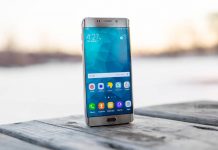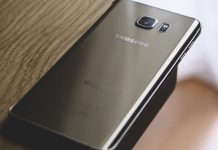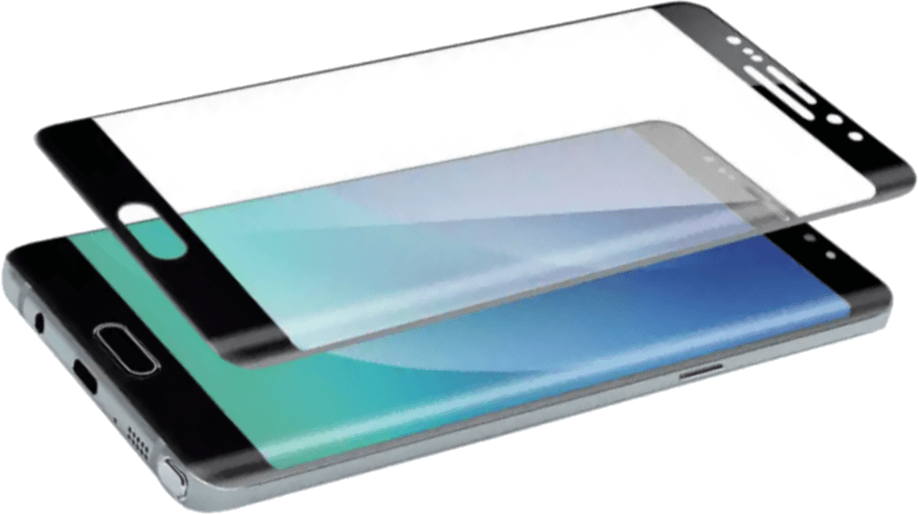The whole story began less than two weeks ago, when one of the Reddit forum users boasted about his discovery. It turned out that his iPhone 6S accelerated significantly after replacing the battery with a new one, which was confirmed by results from the Geekbench benchmark. A few days ago John Poole, the founder of Primate Labs, published a report confirming the thesis of the Internet user. Apple confirmed that they introduced a feature which deliberately reduces the performance of iPhone smartphones with older battery.
The whole confusion is caused by an update that changes the way of energy management. iPhone 6S users complained about problems with the battery, which were manifested by the sudden shutdown of the smartphone. In most cases, the problem disappeared after the replacement of faulty batteries organized by Apple. However, some users continued to observe similar issues that were resolved by the iOS 10.2.1 update. It introduced an improved energy management system that prevented sudden battery discharges. However, nobody knew then that this solution deliberately lowers the performance of the smartphone. The founder of Primate Labs, which developed the Geekbench benchmark, published data showing the results obtained by owners of the iPhone 6S and iPhone 7, depending on the version of the operating system.
Reduced performance can also be seen by iPhone 7 users.
The collected data shows that after the update of iOS 10.2.1 iPhone 6S owners began to get different results of smartphone performance test. This phenomenon is even more noticeable with iOS 11.2.0. A similar effect can also be seen in the case of the iPhone 7, but this time the problem only appears with iOS 11.2.0. The case was explained by an Apple representative. It turns out that this procedure was deliberately used by engineers from Cupertino to at least partially offset the aging effect of lithium-ion batteries. Modern smartphones have powerful processors that are often loaded to 100% by short time period. This drastically increase the demand for electricity. Unfortunately, this mode of operation is fatal to exhausted batteries, which translates into a significant reduction of the smartphone’s working time. That’s why Apple in selected iPhone models implemented a mechanism that limits the maximum clock speed of the processor, if the smartphone has an inefficient battery. In this way, the device’s operating time is extended. Unfortunately, this is at the expense of performance. This functionality has been enabled for the iPhone 6, iPhone 6S and iPhone SE together with the iOS 10.2.1 update. In contrast, the iPhone 7 got it along with iOS 11.2.0. At the same time Apple announces that it intends to use it in the future for other devices.
Source: CNET































